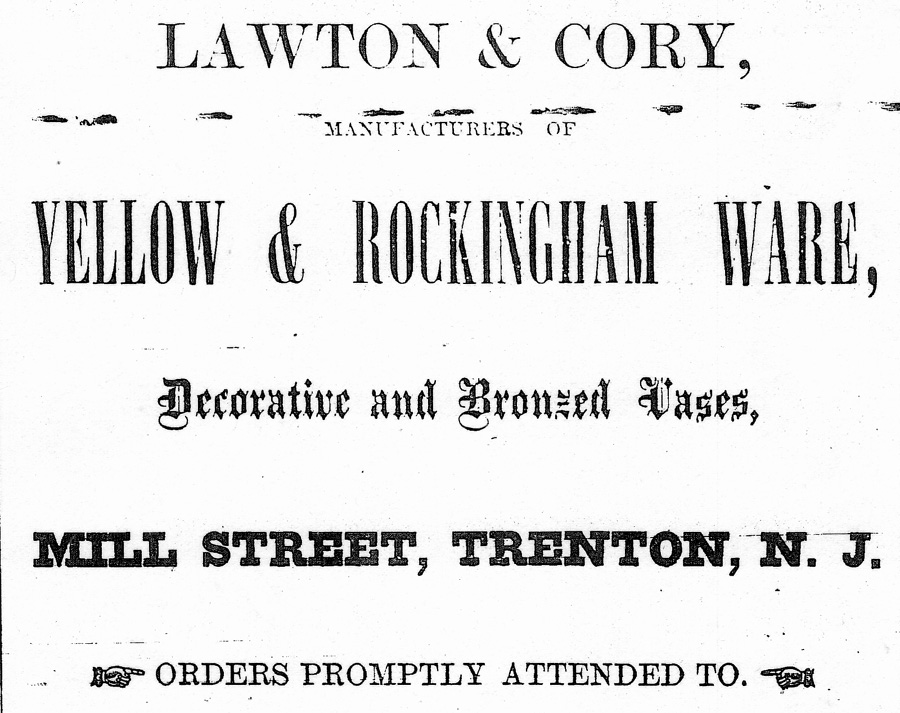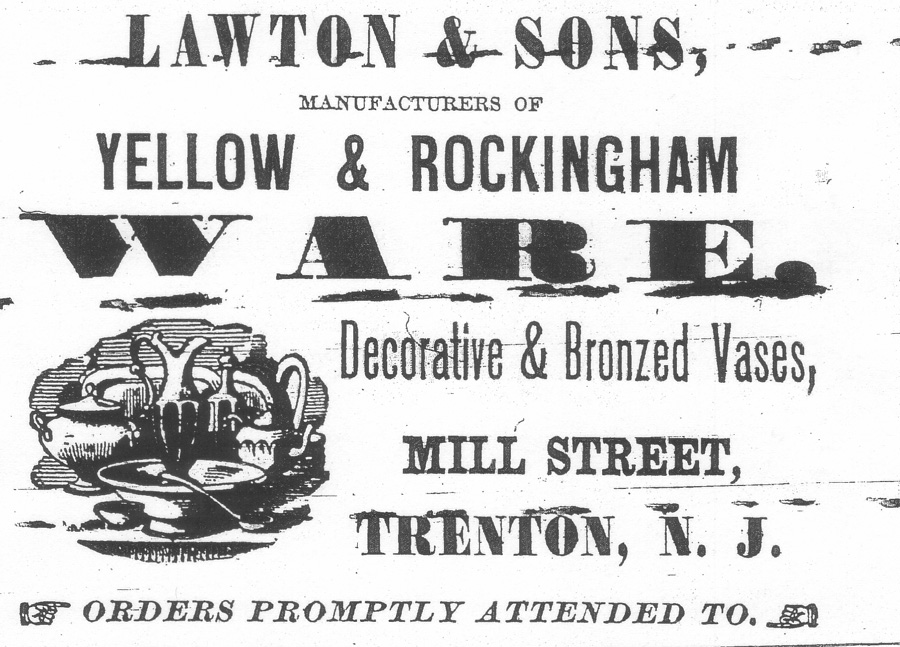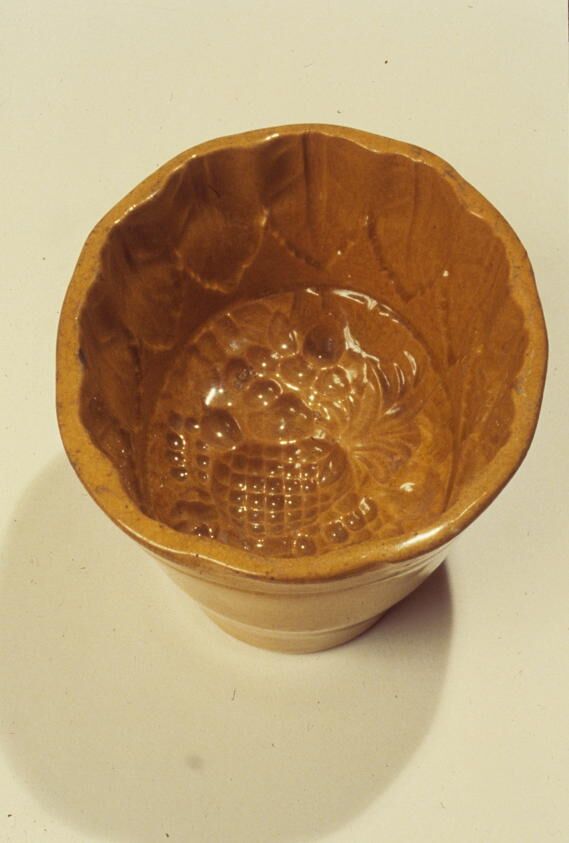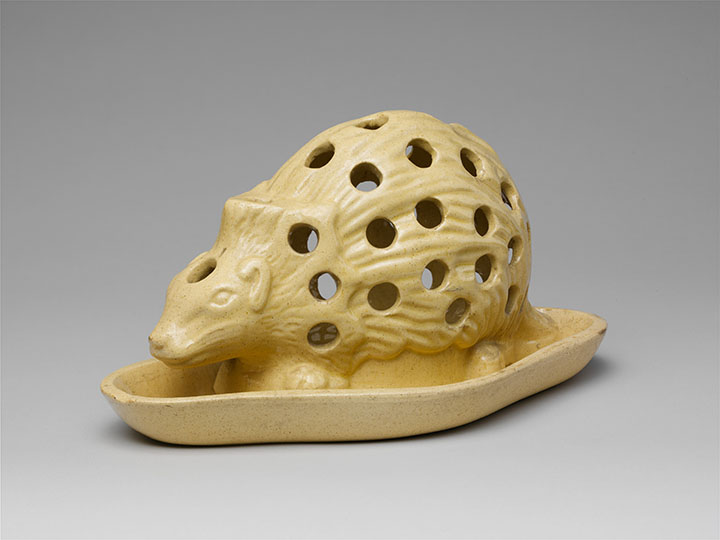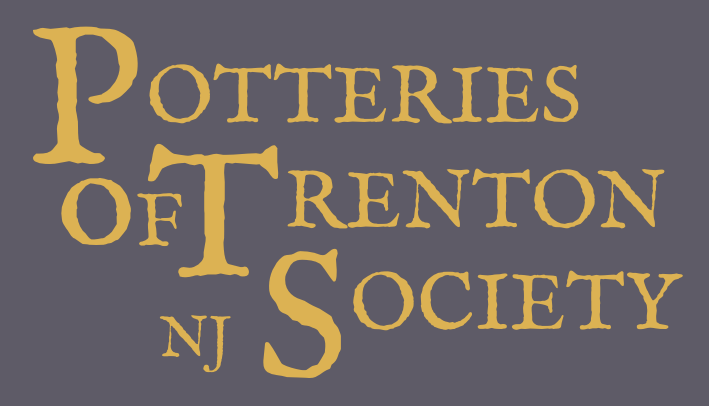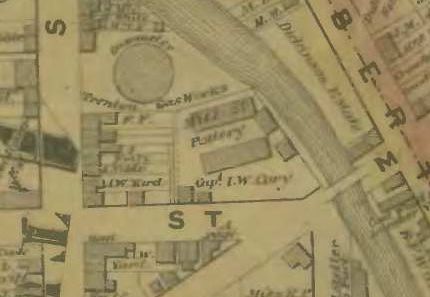Mill Street Pottery
In operation 1863-1872
Wares
Yellow and Rockingham ware (Trenton State Gazette, Monday, August 27, 1866)
Yellow and Rockingham ware, decorative and bronzed vases (Goldberg 1998:36)
Notes
“Isaac Davis came to this country in 1862 from Staffordshire, England. He was employed by W. Young & Sons until 1863, at which time he and George Lawton formed a co-partnership and purchased of George James the old tan-yard on Mill street, and converted it into a pottery. It was known by the name of the Mill Street Pottery. They started with a capital of $150 each. They worked it for some time, when Mr. Davis left and joined the Glasgow Pottery Company, and remained there until he purchased Mr. Goodwin’s interest in the Trenton Pottery Works.”
— Mains, Bishop W. and Thomas F. Fitzgerald. 1877. Mains and Fitzgerald’s Trenton, Chambersburg and Millham Directory: Containing the Names of the Citizens, Statistical Business Report, Historical Sketches, a List of the Public and Private Institutions, Together with National, State, County, and City Government. Bishop W. Mains & Thomas F. Fitzgerald, Trenton, New Jersey.
Selected References
“The Manufactories of Trenton. Article II. The Pottery Trade.” Trenton State Gazette, Monday, August 27, 1866.
Mains, Bishop W. and Thomas F. Fitzgerald. 1877. Mains and Fitzgerald’s Trenton, Chambersburg and Millham Directory: Containing the Names of the Citizens, Statistical Business Report, Historical Sketches, a List of the Public and Private Institutions, Together with National, State, County, and City Government. Bishop W. Mains & Thomas F. Fitzgerald, Trenton, New Jersey.
Leibowitz, Joan. 1985. Yellow Ware: The Transitional Ceramic. Schiffer Publishing, Ltd., West Chester, Pennsylvania.
Goldberg, David J. 1998. Preliminary Notes on the Pioneer Potters and Potteries of Trenton, N.J.: The First Thirty Years – 1852 – 1882 (And Beyond). Privately published, Trenton, New Jersey.
Other Names
I.W. Cory; Lawton & Cory; Mill Street Pottery
Block and Lot:
1G/259
Historic Street Address:
Rear of 15 and 17 Mill Street; Mill Street and Warren Street
Municipality:
City of Trenton
Image Gallery
